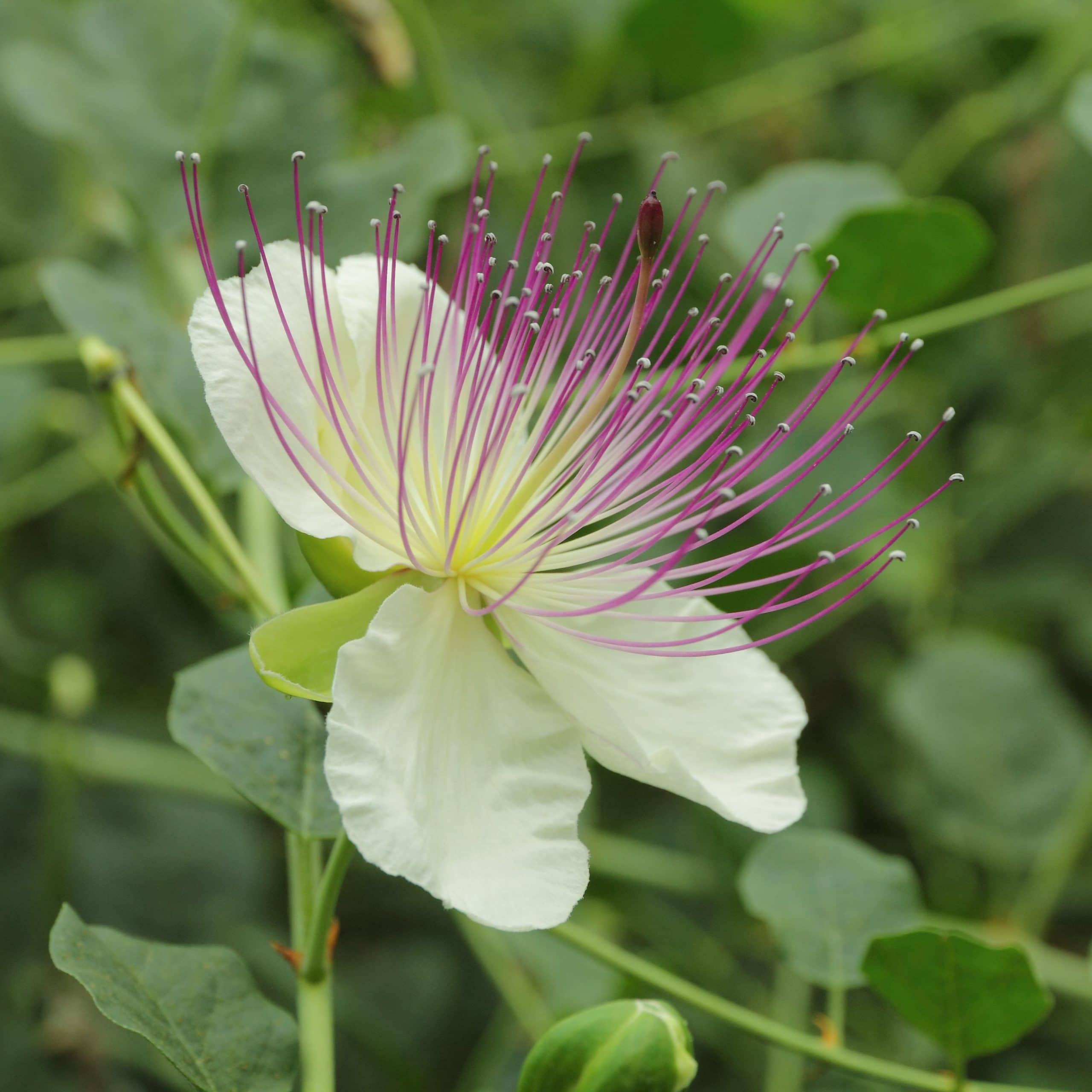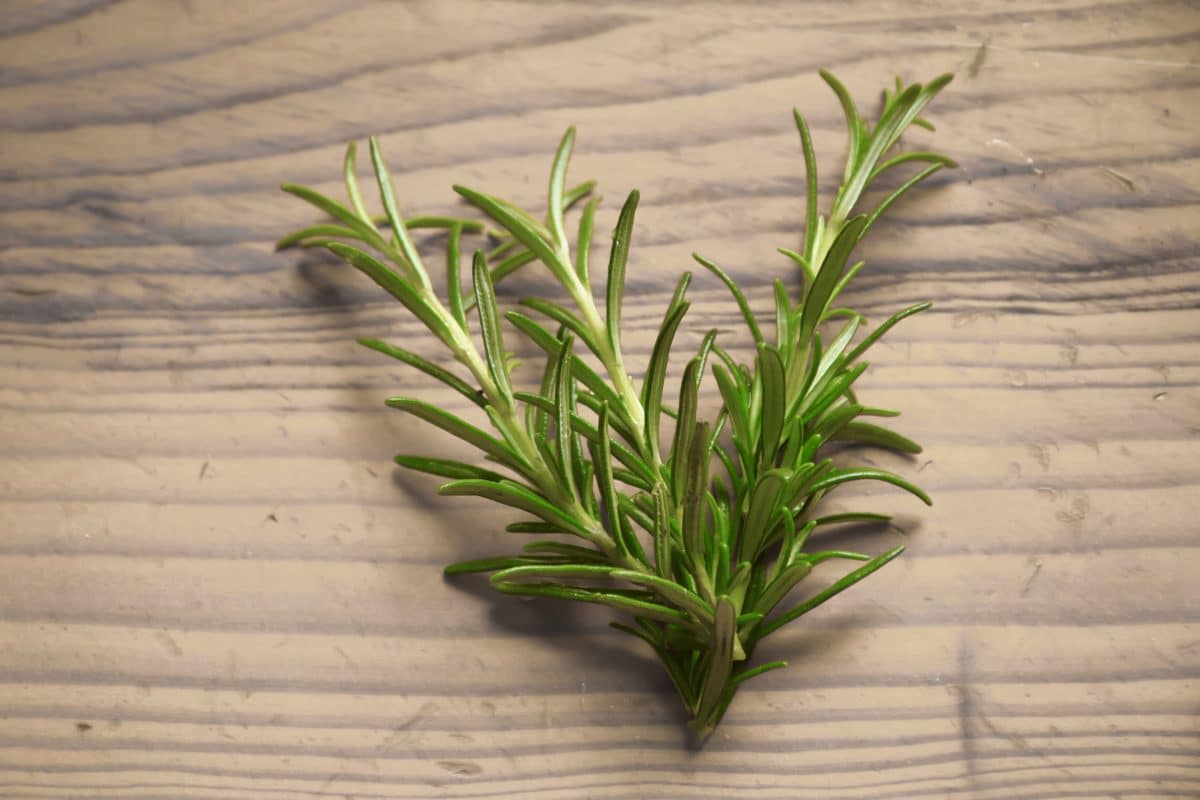
More and more people are choosing to have their own garden and thus enjoy a bit of nature and prepare delicious dishes with their own vegetables. This also includes the famous capers, delicious edible buds that are very common in Mediterranean regions. If you already have one of these plants, you can reproduce it in a very simple way. if you want to know how to plant capers by cuttings, I recommend that you continue reading this article.
This type of plant multiplication is widely used in gardening. It is a fast, simple and effective method that we can apply with various plant species. Apart from explaining how it is done, we will also discuss when is the best time to plant caper cuttings. I hope this information is useful to you!
When to plant caper cuttings?

The caper, scientifically known as Capparis spinosa, is a shrub native to Southeast Asia and widespread throughout the Mediterranean region. It is cultivated mainly for its flower buds, which are called capers, very popular in the world of gastronomy.
The stems of the caper are very branchy, have many thorns and They can reach a length of up to 150 centimeters. As for the leaves, these are supported by short petioles and are alternate and kidney-shaped. The peduncles are also quite long and end with a pretty flower, the corolla of which consists of a total of four large, white, notched petals.

Before explaining how to plant capers from cuttings, we must first know when to do it. We can reproduce this plant by seeds, by layering, by shoots or suckers and by stakes or cuttings. While the sowing of seeds of this vegetable is done in autumn, the definitive transplant or reproduction by cuttings is carried out normally. early spring.
The latter is the most common for capers. we simply must choose the most fertile and leafy stems and plant them in the ground. Although it is true that it is not a complicated task, we are going to explain it in more detail and step by step so that there are no unresolved doubts.
How to make a caper plant?

Now that we know when to do this task, let's see how to plant capers by cuttings. Although it is true that we can also grow them from seeds, reproducing them by cuttings is a quick and easy option if we already have one of these vegetables. To carry out this work, We will need the following tools:
- Disinfected garden shears
- Organic substrate
- Large pot or a large area in the garden or orchard
It is very important that the plant has a large enough space, because it spreads very easily. In fact, if we do not control it, it can become creeping. That is why it is essential that the pot is very large or that we have enough space in our orchard or garden.
It should be noted that capers prefer sandy, light and stony soils for their cultivation. Also, the soil must be rich in organic matter so that they can grow and develop properly. You also have to avoid clay and humid soils, they do not like anything and may not grow in them.
Another aspect to take into account is that they are bushes native to warm areas. For this reason they can be grown mainly in temperate, tropical or subtropical regions. The location of these vegetables should be in semi-shade or full sun. Capers do not handle low temperatures well. They very hardly survive temperatures below five degrees below zero.
How to plant capers by cuttings: Step by step
Once we have all the necessary elements, it's time to get down to work. Let's see how to plant capers by cuttings step by step:
- Disinfect and clean the scissors: Whatever tool we are going to use to cut the cuttings, it must be clean and disinfected to prevent the spread of some diseases and fungi between plants.
- Prepare the land: Let's plant the caper in a pot or directly in the ground, first we must prepare the soil. To do this, we will open a hole for each of the cuttings that we want to plant. The holes must have the same thickness as the stems that we will introduce. As for the depth, this should be at least ten centimeters.
- Cut stems: Each stem should be between 20 and 25 centimeters long. It is best to take them from a strong and healthy plant. You can get more information on how to cut cuttings here.
- Plant the cuttings: Once we have the stems, we will insert them into the holes and add a little more soil to finish filling them. Then we have to lightly press the soil to give firmness to the cuttings. This way we will prevent them from falling with the wind.
- Regar: Watering after planting should be abundant and gentle. It is important to keep the soil moist, especially at the beginning, until the plant ends up taking root.
It should be noted that this procedure can be applied for any plant that can be reproduced by cuttings. Of course, it is advisable to cut several stems, as there is a possibility that some will not end up developing as expected.

After having planted the caper cuttings, these They will take about three weeks to take root. Regarding the outbreaks, the first ones will appear after about two months. We can harvest the stems in April, which is when they acquire a tender texture, for the capers, which are the flower buds, we will have to wait until July to be able to harvest them and prepare them for the kitchen.
Now that we know how to plant capers from cuttings, we can grow several of them and enjoy their delicious buds. They are very common in salads, pasta dishes, sauces, pizza and even as an appetizer. If we like them, of course it is worth having them in our orchard or garden. Of course, remember that, in general, capers are eaten pickled. That is to say: First they must be marinated for a little while in a diluted mixture of salt and vinegar.